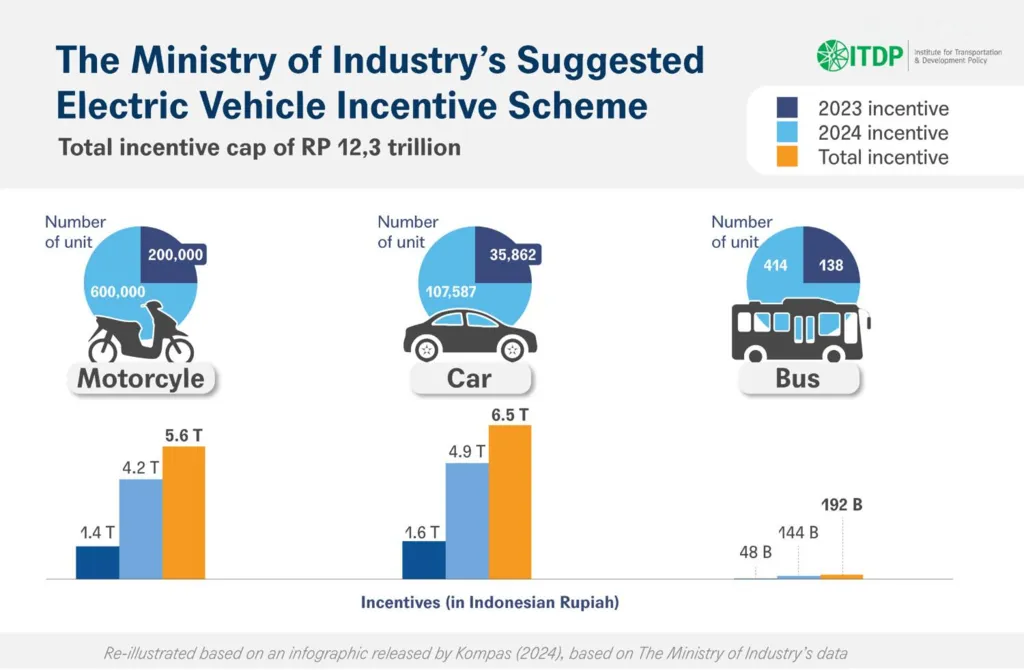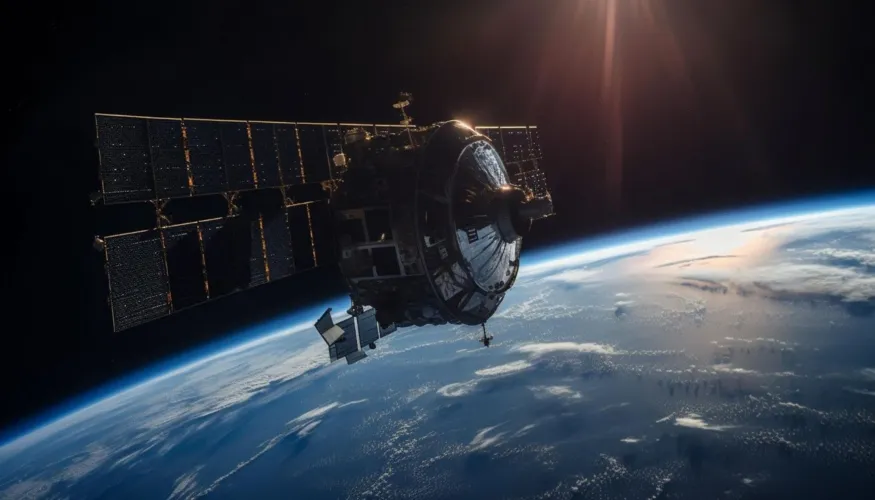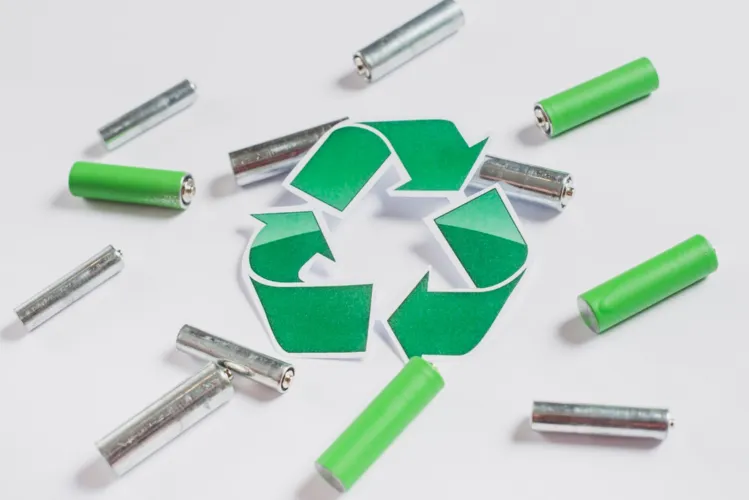Indonesia’s electric vehicle (EV) market is gaining speed. Domestic EV sales jumped 73% from 2023 to 2024, fueled by Indonesia EV Policy, incentives, and rising consumer demand. A total of 37,619 EVs were sold in 2024, making up 6.25% of all passenger vehicle sales, a leap from just 2.12% in 2023.
Backed by this policy, the government aims to have 2 million EVs on the road by 2025, growing to 12 million two-wheelers and 2 million battery-electric vehicles by 2030. Generous tax exemptions, including VAT and luxury sales tax relief, have made EVs more affordable, while clear targets are pushing automakers to invest locally.
Read Also: How Indonesia EV Adoption Surge is Changing Gears
Indonesia EV Policy: Ambitious Climate Targets and Renewable Energy Goals

Indonesia has pledged to reach net-zero emissions by 2060, though momentum is building to bring that target forward to 2050. As of 2023, renewables accounted for only 13% of the country’s energy mix, far below the 23% target set for 2025.
The country’s potential is vast, with over 400 GW of renewable energy potential, including 200 GW from solar, 75 GW from hydropower, and 29 GW from geothermal sources. However, only 11% of Indonesia’s 23.6 GW geothermal reserves are currently used, showing that the country has barely scratched the surface.
Indonesia EV Policy Spurs Investment and Supply Chain Growth
The push for clean energy is attracting both local and international capital. Indonesia aims to secure $14.2 billion in renewable energy investment by 2025, a 28% jump over the $1.4 billion target set for 2024.
In the EV sector, foreign automakers like Hyundai, BYD, and Wuling are setting up factories, drawn by Indonesia’s large nickel reserves and policy support. These developments support Indonesia’s goal to become the third-largest electric battery producer by 2027, making it a global player in the EV supply chain.
Infrastructure Growth: Charging Ahead Despite Roadblocks
A big part of the Indonesia EV policy is building the right infrastructure. The country is targeting 2,500 charging stations by 2025 and 7,000 by 2030, up from just 961 battery swap stations in 2022. Each public charging station costs over IDR 342 million (USD 21,859), with user fees capped to promote adoption.
But challenges remain. Coal still makes up 43% of the power mix, and while targets aim to reduce this to 30% by 2025, that’s still a significant hurdle. On top of that, over 10,000 villages remain without electricity, raising concerns about equitable energy access as the transition progresses.
Read Also: Explore the Indonesia EV Battery Downstream Project for Sustainable Innovation
Regional Leadership and a Green Energy Vision in Indonesia EV Policy
With the right execution, Indonesia is poised to become a green energy hub for Southeast Asia. By 2050, if fully developed, renewables could supply two-thirds of the country’s power. The nation also wants to tap into Asia’s projected 300 million-tonne annual demand for green hydrogen by 2050, positioning itself as a central player in this emerging market.
The Indonesia EV policy is just one part of a bigger puzzle, but it's proving effective. By combining strong government backing, foreign investment, and natural resources, Indonesia is laying the groundwork for a cleaner, more sustainable future. And it won't just for itself, but for the region.







